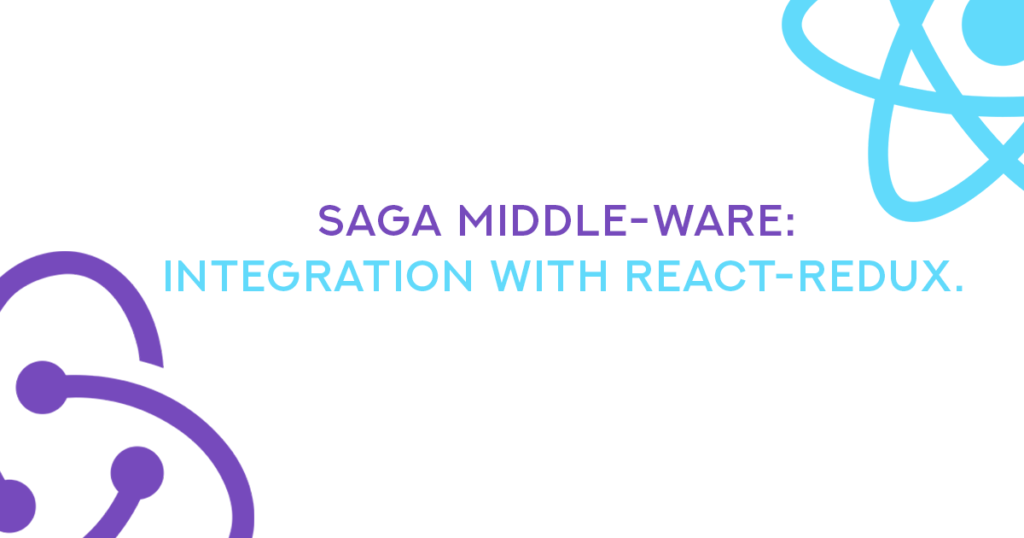Saga Middle-ware
Saga Middle-ware Before going to redux-saga, let’s address why redux is used. A complex react app having many components may need to communicate between components to make some logic work. BLOGS Posted 2 years ago By Sooraj (Application Developer) 2 years ago Saga Middle-ware: Integration with React-redux React-redux Before going to redux-saga, let’s address why […]



